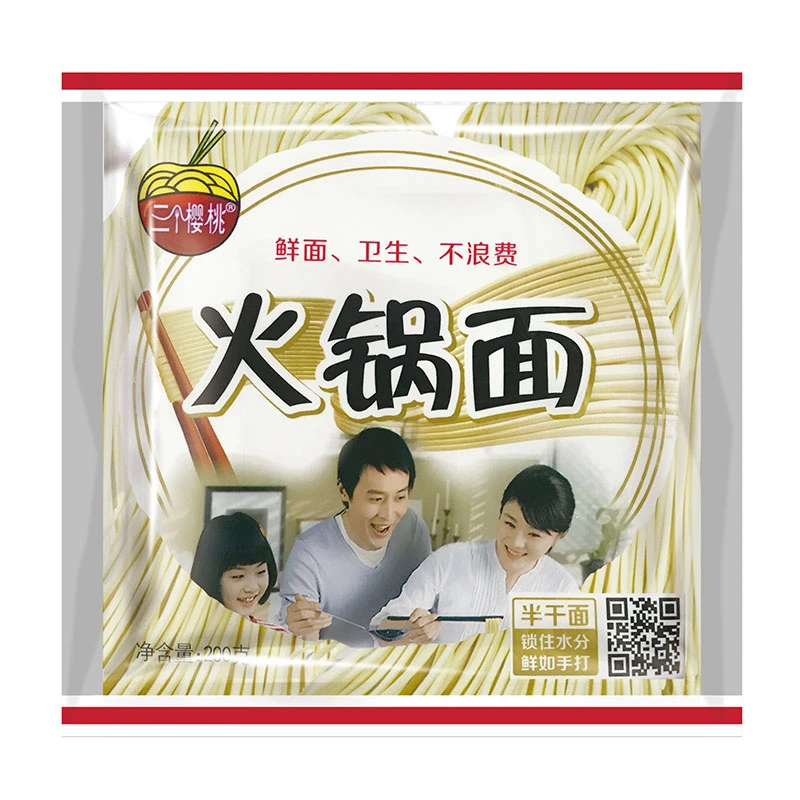gluten free buckwheat pasta
The Rise of Gluten-Free Buckwheat Pasta A Delicious Alternative
In today's culinary world, the demand for gluten-free options has surged, driven by an increasing number of individuals who are gluten-sensitive or choose to follow gluten-free diets. Among the array of gluten-free products on the market, buckwheat pasta has emerged as a superstar. Made from the flour of the buckwheat plant, this innovative pasta not only caters to dietary restrictions but also offers a unique flavor profile and numerous health benefits.
What is Buckwheat?
Despite its name, buckwheat is not related to wheat and is, in fact, a fruit seed closely related to rhubarb and sorrel. It is naturally gluten-free, making it an excellent choice for those with celiac disease or non-celiac gluten sensitivity. Buckwheat is often available in various forms, including groats, flour, and as a base for pasta. Its nutty flavor and distinctive texture make it a favorite among health-conscious consumers and culinary enthusiasts alike.
Nutritional Benefits
Buckwheat pasta is packed with nutrients that can contribute to a well-rounded diet. It is an excellent source of plant-based protein, containing all nine essential amino acids that our bodies require for optimal function. Additionally, it is rich in fiber, which aids in digestion and helps maintain a healthy gut. Buckwheat is also known for its high antioxidant content, which can combat oxidative stress and inflammation in the body.
One of the standout nutritional features of buckwheat is its low glycemic index. Foods with a low glycemic index are digested more slowly, leading to more stable blood sugar levels. This makes buckwheat pasta a smart choice for those looking to manage their sugar levels while still enjoying a comforting and satisfying meal.
gluten free buckwheat pasta

Cooking with Buckwheat Pasta
Cooking with buckwheat pasta is not only easy but also opens up a world of culinary possibilities. It can be used in a variety of dishes, from classic Italian recipes like spaghetti and pasta primavera to Asian-inspired stir-fries. When preparing buckwheat pasta, the cooking time may be slightly shorter than traditional wheat pasta, so it's essential to keep an eye on it to achieve the perfect al dente texture.
To enhance the natural nutty flavor of buckwheat pasta, consider tossing it with flavorful dressings or sauces. A simple garlic and olive oil dressing paired with roasted vegetables can create a delightful dish. Alternatively, you can use more robust sauces, such as a tomato basil or creamy Alfredo, to complement the pasta's unique taste.
The Environmental Impact
Choosing buckwheat pasta can also have positive implications for the environment. Buckwheat is a hardy crop that can thrive in various soil types and requires less water compared to traditional grains. It is also known for its ability to improve soil health, as it can suppress weeds and enhance biodiversity. By opting for gluten-free buckwheat pasta, consumers can support sustainable farming practices while enjoying a nutritious alternative to conventional pasta.
Conclusion
As gluten-free diets continue to gain popularity, buckwheat pasta stands out as a delicious, nutritious, and environmentally friendly option. Its unique flavor, impressive nutrient profile, and versatility in cooking make it an excellent choice for everyone, not just those avoiding gluten. Whether you are preparing a quick weeknight dinner or looking to impress guests at a dinner party, gluten-free buckwheat pasta is sure to delight your taste buds and offer a satisfying experience. So, why not give it a try and discover the wholesome goodness of buckwheat pasta for yourself?
-
Unleash Your Inner Chef with Delectable Italian Pasta CreationsNewsAug.01,2025
-
Savor Health and Flavor: Irresistible Soba Noodles for Sale Await!NewsAug.01,2025
-
Nourish Your Body with Premium Organic Ramen - A Culinary Delight AwaitsNewsAug.01,2025
-
Elevate Your Dishes with Our Exquisite Kinds of Egg NoodlesNewsAug.01,2025
-
Dive into Flavorful Convenience with Our Ramen OfferingsNewsAug.01,2025
-
Discover Exquisite Types of Naengmyeon and Chilled Soba NoodlesNewsAug.01,2025
-
Is Whole Wheat Pasta Healthy?NewsMay.30,2025
Browse qua the following product new the we

















































































































